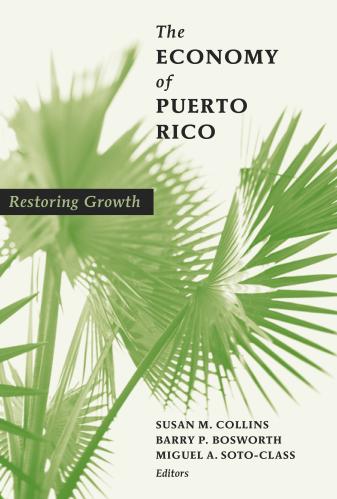Studies in this week’s Hutchins Roundup find that the rise in fatal opioid overdoses is probably not due to prolonged economic distress, optimistic forecasts of economic activity increase near term consumption and investment, and more.
Want to receive the Hutchins Roundup as an email? Sign up here to get it in your inbox every Thursday.
The rise in fatal opioid overdoses is probably not due to prolonged economic distress
The “deaths of despair” hypothesis posits that the rise in fatal opioid overdoses since the late 1990s is attributable to prolonged economic distress. Comparing counties’ mortality trends between 1999 and 2015 with changes in their labor market outcomes, household wealth, and international trade exposure, Christopher Ruhm of the University of Virginia finds that changes in economic conditions explain less than one-tenth of the observed increase in drug-related deaths, and even less of the growth in opioid-related mortality. Instead, the drug environment (e.g. drug availability, prescription practices, education) may be more important, he says. He points to a sudden explosion of illicit opioid death rates after 2010, which he argues results from changes in drug supply. Men and young adults, who have been shown to have higher risks of using and abusing illicit drugs, accounted for an increasing share of drug related deaths after 2010.
Optimistic forecasts of economic activity increase near-term consumption and investment
Expectations about future economic growth can be self-fulfilling: if people become more optimistic about the long-term outlook, they may increase consumption and investment in the near-term. Using forecast and actual GDP data for 89 countries over 1990-2022, Gabriel Di Bella and Francesco Grigoli of the IMF use changes in official forecasts of long-term growth to identify changes in expectations. They find that a 0.1 percentage point upward revision in the forecast of long-run output growth increases short-run GDP growth by about 0.1 percent, on average. Pessimistic and optimistic expectations do not have a differential impact on consumption or investment, they find. Changes in expectations became more frequent, more pessimistic, and more volatile after the 2008 crisis, but the estimated effects were not different from the pre-crisis period.
Nonfinancial sector credit matters for monetary policy transmission
David Aikman of the Bank of England and co-authors examine the influence of nonfinancial sector credit on the effects of financial conditions and monetary policy on economic performance. When credit-to-GDP ratios are below trend, positive financial shocks lead to better macroeconomic performance, and monetary policy transmission works as expected, they find. In contrast, when credit-to-GDP ratios are higher than normal, positive financial shocks lead to worse macroeconomic performance and contractionary monetary policy is ineffective at slowing the economy. These results suggest that macroprudential policies are important for effective monetary policy transmission, they say.
Chart of the week: Prime-age employment relative to the population continues to increase

Quote of the week:
“[I]t may be a good time to consider putting in place a periodic Federal Reserve-led assessment of the U.S. monetary policy framework that would include input from a variety of sources inside and outside the central bank,” says Boston Fed President Eric Rosengren.
“Such a periodic reevaluation could consider whether changed economic fundamentals (such as the equilibrium real interest rate) should alter how best to satisfy the congressional mandate given to the central bank. Furthermore, a periodic reassessment could involve consideration of whether alternative frameworks would better meet the mandate, and evaluate the costs and benefits of transitioning to the new framework – as well as the longer-run implications. For example, in recognition of the challenges the Federal Reserve has experienced with our current framework, a reassessment might include discussion of whether an inflation range, nominal GDP targeting, or price-level targeting would help the Fed better achieve its congressionally-mandated goals. In fact, my own view is that we should be focused on an inflation range, with the potential to move within the range as the optimal inflation rate changes.”
The Brookings Institution is committed to quality, independence, and impact.
We are supported by a diverse array of funders. In line with our values and policies, each Brookings publication represents the sole views of its author(s).









Commentary
Hutchins Roundup: Deaths of despair, self-fulfilling output expectations, and more
January 11, 2018